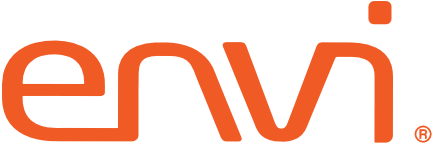
Your 2022 Supply Chain Improvement Bucket List
Have you ever felt like your supply chain was being held together with positive thinking, manual workarounds and a little bit of luck? This last year revealed the cracks just beneath the surface, and challenged us all – personally and professionally – to quickly learn new skills and become masters of adjusting on the fly, becoming creative geniuses who could find new solutions in an instant.
As we get ready to adjust to an almost post-pandemic supply chain, let’s ask ourselves: what did we learn, what lessons will we not repeat, and how do we take our creative spirit forward into 2022?
Let’s start with ideas to build your “2022 Supply Chain Improvement Bucket List,” making a list of those supply chain goals and aspirations you’ve had, but not quite been able to implement. (You’ve probably got notes ranging from “we need better item master maintenance” to “should we be looking at vendor consolidation?” and “how can I automate approval processes?”)
Take the lessons of the pandemic and decide what you want to do TODAY to support your future state supply chain development, fully considering people, processes and technologies.
1. Use a new lens for planning. Rather than just figuring out top down goals, take a retrospective look and use it to build your ’21 plan:
- What were the biggest issues you faced during the pandemic?
Example: I didn’t know how many items I had in different inventory locations, so I was over/under what I thought was available. - What can you change in ’22 that would address those issue?
Example: This year we’ll organize physical inventory in each location. We’ll identify products with UNSPSC and organize them by like items. We’ll label bins and shelves with barcoded labels, then start using scanners to make counting and reordering fast and accurate. Finally, I’ll set up a system that aggregates data across each supply location, so I can see what supplies are available and where.
2. Be bold, implement new ideas: What if this year, you set a goal to implement a new idea you’ve wanted to try? Set up a schedule that’s manageable, but challenge yourself to do something new each month or quarter. Start brainstorming with your team – here’s a quick list that might spark some ideas:
- Create requisition templates for buyers in each area (or each clinic), making it simple for them to select approved formulary items
- Develop and implement a process to add new approved products to your item master
- Implement a receiving process in each location to manage incoming items. You’ll verify what’s in-house, where it is and which POs can be closed. (You’ll also improve back-order management.)
- Roll-out 3-way price matching. You’ll automate accurate invoice processing, approvals and payment, and ensure you pay correct contract price
Your list may be different, but use your own lessons to build new processes that close gaps exposed by the pandemic.
3. Mind the gaps: What are those supply chain areas still being addressed manually? Is it approvals? Ordering / reordering supplies? Location/item lists for physical counting? Transferring materials from one location to another?
Many facilities keep a tight grip on the workarounds that hold their supply chain together. Let 2021 be the year you boldly take the steps that close those gaps, whether that’s with technology, training, remapping processes, or implementation of best practice programs.
Let’s make 2022 the year of “YES.” Yes to trying new things. Yes to better technology and business processes. Yes to greater collaboration. Yes to a more resilient supply chain that’s able to expand and contract, flexing as it must to support the future state of the healthcare supply chain.
